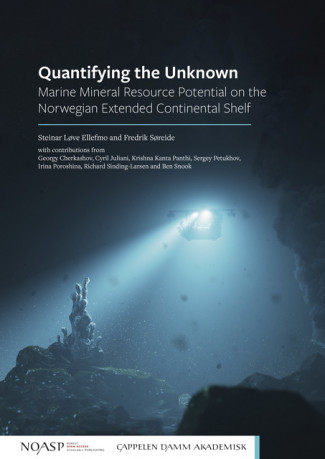Copper, zinc, gold and silver mineralizations exist on the deep ocean floor, at great depths, on the Mid-Atlantic Ridge between Jan Mayen and Spitsbergen. None of these mineralizations within Norwegian jurisdiction have been thoroughly investigated yet, but they are likely to contain significant amounts of minerals and metals crucial to society and the ‘Green Shift’.
Should these mineralizations, which contain minerals and metals that you and I use every day, be developed and mined? The question is premature: we need to know more before we can answer it. We need to know more about the formation, location and characteristics of these potential deposits, as well as the environmental, social and financial consequences of potential extraction. We need to evaluate mining alternatives and how to process the extracted ore. How should we answer this question? The ultimate decisions will be determined politically, and knowledge will be the defining factor. Knowledge gained from proper mineral resource management.
Quantifying the Unknown sets out to estimate the amount of minerals and metals on the deep ocean floor along the Mid-Atlantic Ridge, in particular, copper, zinc, gold and silver contained in so-called ‘seafloor massive sulphide deposits’. These deposits are modern analogues of those mined worldwide on land today. The method used to quantify the amounts of these resources is known as ‘play analysis’. It shares aspects of methodologies used on land for similar purposes and has been employed extensively to assess untapped petroleum resources on the Norwegian Continental Shelf. Play analysis enables a quantification of the potential as well as associated uncertainty.
The potential is large, but the uncertainty is also significant. Whether and how this potential is realized remains to be seen.
Steinar L. Ellefmo is an Associate Professor in the Department of Geoscience and Petroleum, Norwegian University of Science and Technology (NTNU). Fredrik Søreide is an Adjunct Professor in the Department of Marine Technology at NTNU. Cyril Juliani, Krishna Kanta Panthi, Richard Sinding-Larsen and Ben Snook, all from NTNU, as well as Georgy Cherkashov, Sergey Petukhov and Irina Poroshina from the Institute for Geology and Mineral Resources of the Ocean (VNIIOkeangeologia) in St. Petersburg, Russia, have also contributed to this book.









